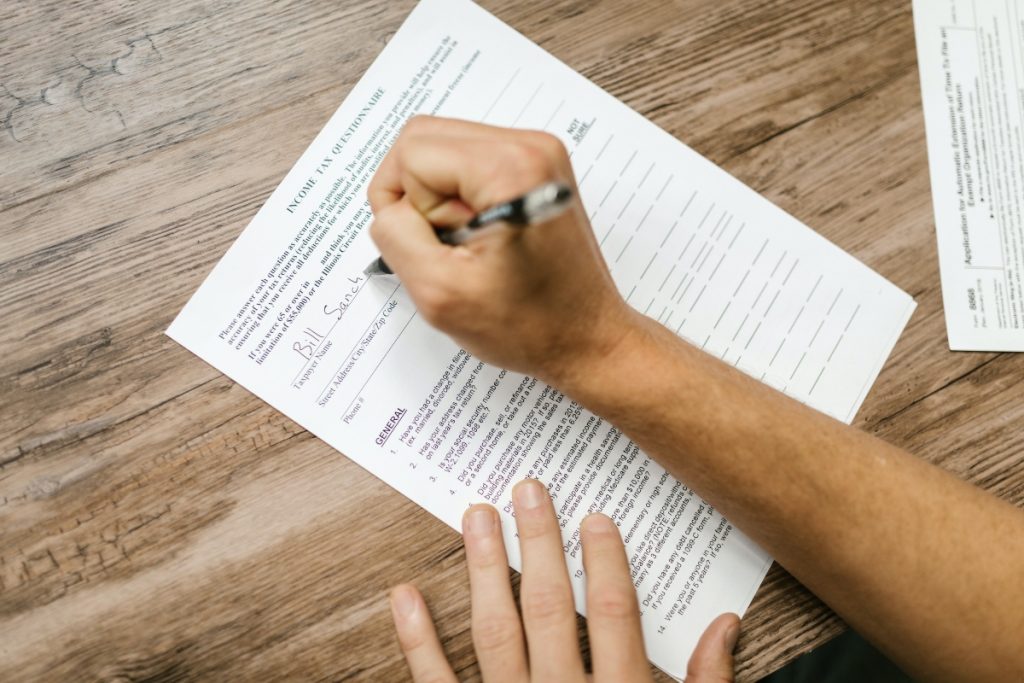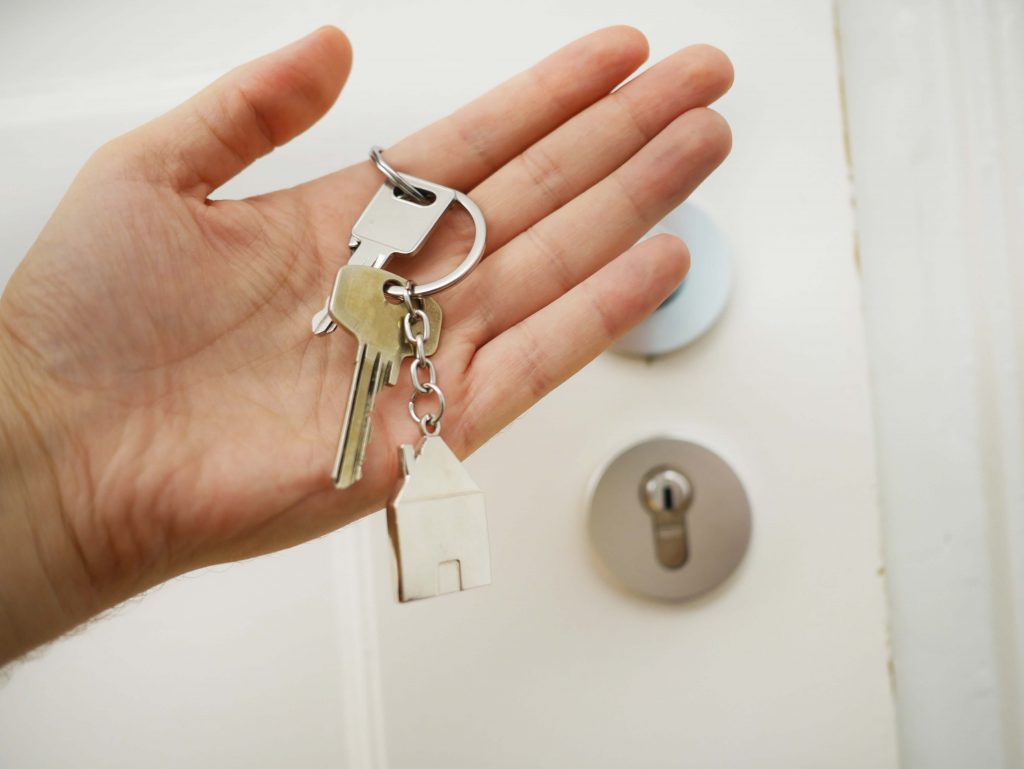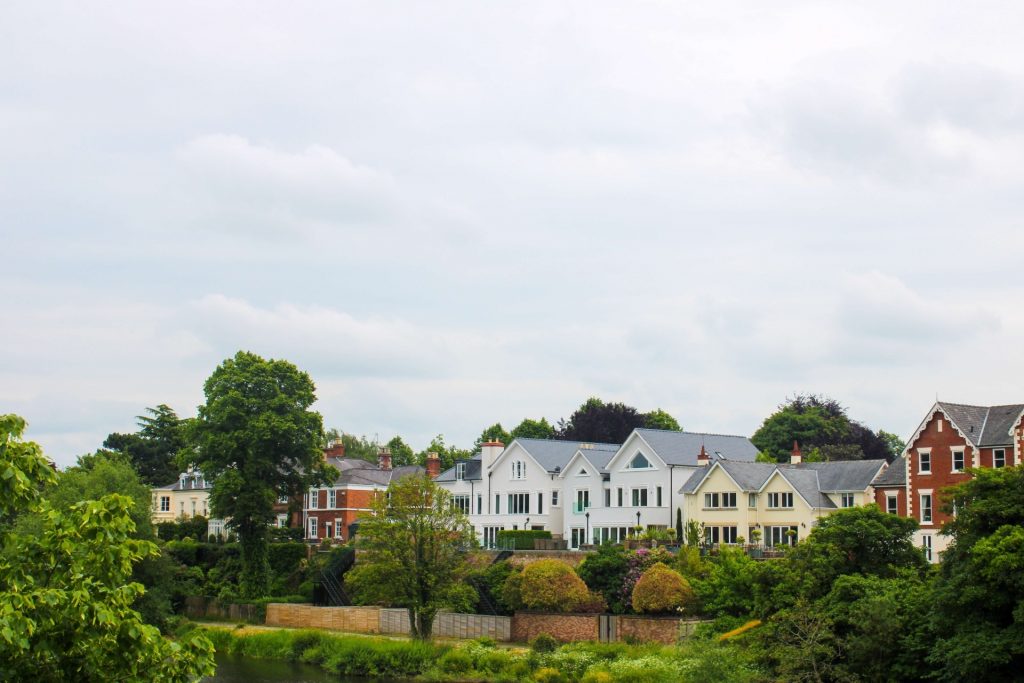Stamp Duty can be a right pain in the backside, especially if you’re new to the property market.
This’ll be a nice ‘n’ easy blog to wrap your head around some boring, yet important taxes. From what it is to what you’re eligible to, we hope to explain everything in crystal clear layman’s terms.
What is Stamp Duty?
Stamp Duty Land Tax (SDLT) is a tax that must be paid when you purchase a property or piece of land. The amount of tax you need to pay depends on the price of the property, as well as if it’s residential or non-residential and whether or not you’re a first time buyer.

What qualifies as a first time buyer, you ask?
A first time buyer is anyone who has not owned a home before – whether you actually bought the property or not. It’s all about this word ‘own’. Yeah, we get it, the ‘buyer’ part is a little bit misleading to those who have inherited property. Sure, you didn’t buy it, but the rules state that you must never have owned a home before.
In short, if you’ve owned a home before, you can’t apply for first time buyer status. This goes for prospective buy-to-let landlords, too. Even if you’ve never owned a home before, you will not be able to take advantage of the new Government rules on Stamp Duty if you intend to use this property as rented accommodation.

How much will I pay?
It can be quite daunting to wrap your head around initially, but let’s start at the beginning. Let’s break it down for you.
There is no stamp duty to pay on the first £125,000 of a property if it’s your main residence. So, if you’re paying 2% Stamp Duty rate on a property that costs £250,000, the amount you’ll be paying comes to £5,000. If you’re a first time buyer, however, then this threshold changes to £300,000. So you don’t have to pay any Stamp Duty at all on the first £300,000!
For the nitty-gritty specifics of it, click here to find out more about Stamp Duty rates in England and Ireland.
Further properties bought for less than £40,000 will be charged the main residence rate of stamp duty. The £300,000 first time buyer Stamp Duty threshold does not apply if the property you are buying costs more than £500,000. If it does, you’ll pay the normal rate of Stamp Duty.

What about Wales?
The Welsh Revenue Authority (WRA) is responsible for collecting and managing land transaction tax (LTT) in Wales. LTT works similarly to the old stamp duty system but the Welsh Government have set the thresholds for the tax bands at different rates. Unlike in England, Northern Ireland and Scotland, there is no extra stamp duty relief for first time buyers.
To find out more about the current land transaction tax rates in Wales click here.
How much stamp duty does a first time buyer pay?
It can be confusing to work out how much stamp duty a first time buyer needs to pay now that stamp duty holiday has changed in some countries and ended in others. Here’s what you need to know.
To summarise: In England and Northern Ireland there is no stamp duty for first time buyers on the first £300,000 of a main residential property (if the property you’re buying costs under £500,000).
In Wales, first time buyers pay no land transaction tax on the first £180,000 of a property.
If you’re currently seeking a property of your own, or if you’re after more info on this Stamp Duty business, give us a call. We’re always happy to help.

